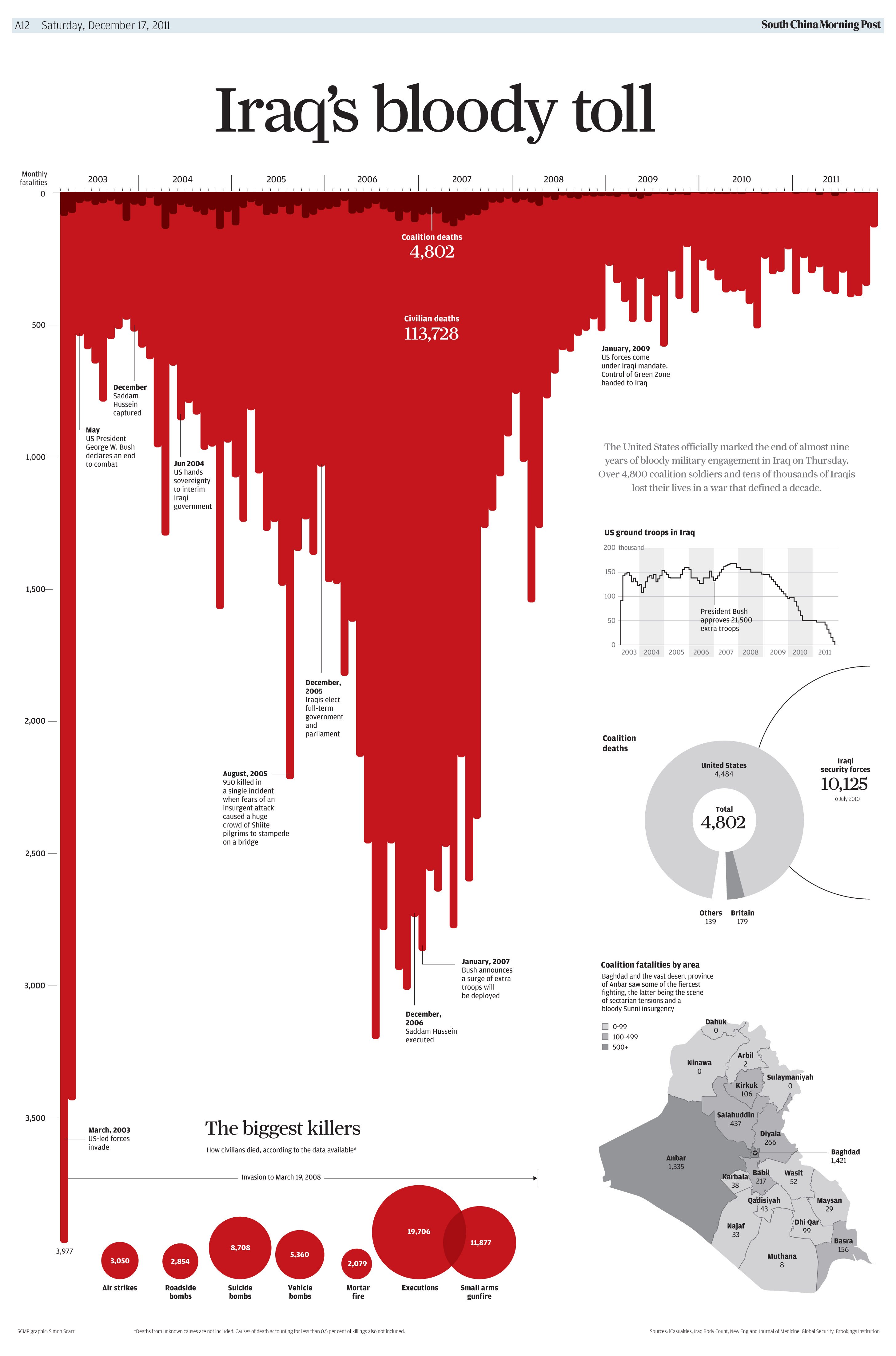The Title:
The Albany Muster Rolls of the 8th Militia.
The Data Set:
The data set of the Albany Muster Roll of the 8th Militia includes the name of each enlisting Soldier, when the soldier enlisted, the soldiers age, where the soldier was born, the soldier’s trade prior to enlisting, the company the soldier belonged to, the soldier’s rank, the soldiers stature, and the soldiers descriptive qualities that included: complexion, eye color, and hair color, and lastly the volume/page the soldier’s name was found on. The Albany Muster Roll of the 8th Militia has both descriptive,and numeric data within its data set. The data within the data set that can be considered descriptive includes the following:the occupation or the trade of the soldier enlisting in the Militia, where the enlisting soldier originally came from (that ranges from places such as Germany, to Connecticut), the soldiers ranking in the Militia (Lieutenant, Captain, Private, etc), as well as the soldiers physical attributes such as eye color ( blue, brown, etc), complexion (brown, fair, swarthy), and hair color (brown, black, fair). The Albany Muster Rolls of the 8th Militia can also be considered numerical data. The data sets includes the following: the age of every soldier entering the Militia, as well as the date that each soldier enlisted. The range of the numerical data for the ages is the minimum age of 16, and foreseeably the maximum age of 58. The range of enlistment date is from the beginning of april 1760, to the end of june 1762, three years prior to the breakout of the American Revolution.
Three Relationships or Comparisons:
The first comparison in the data set of the Albany Muster Rolls of the 8th Militia is if the data set can show a connect between the trades of the enlisting soldiers to the actual rank they received in the Militia. From my brief inspection of the data sets it seems plausible that soldiers who before they enlisted worked as labourers, carpenters, or maintained a blue collar type of trade became Captains, but there are outliers, where for example, a baker also became a Captain.
The second relationship in the data set of the Albany Muster Rolls of the 8th Militia is which homeland or state received the most male enlistments in Albany during the two years between 1760 through 1762. More specifically does the majority of men from certain homelands outweigh others because of migration patterns prior to 1760 through 1762.
The third relationship in the data set of the Albany Muster Rolls of the 8th Militia is whether race, ethnicity or the enlisted complexion (dark, swarthy, fair, negro, pale, ruddy, etc.) of the soldier also affected the rank he was able to achieve. I would also like to look at how the age of the enlisting soldiers to their rank in the 8th Militia.


